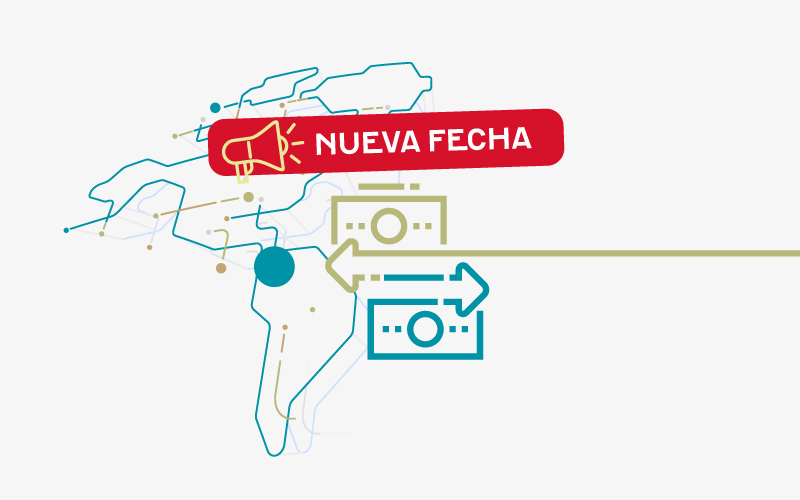Seminario de Microeconomía Aplicada - Who Benefits from Surge Pricing?
El seminario de Microeconomía Aplicada del Banco de la República es un espacio para discutir trabajos en progreso en las diferentes áreas de la microeconomía aplicada como economía laboral, organización industrial, economía de la salud, economía agrícola, economía de la educación, desarrollo económico, crimen, economía pública, medio ambiente, entre otras.
Juan Camilo Castillo: Juan Camilo Castillo is an Assistant Professor in the Economics Department at the University of Pennsylvania who completed his PhD last year in the Economics Department at Stanford University. He works in industrial organization, microeconomic theory, and market design. His current work focuses on digital markets, including transportation platforms like Uber and Lyft and cloud computing. For the past year, he has been involved in research about investment to accelerate access to Covid-19. In the past, he has also worked on the economics of drug trafficking.
Resumen del documento: In the last decade, new technologies have led to a boom in real-time pricing. I analyze the most salient example, surge pricing in ride hailing. Using data from Uber, I develop an empirical model of spatial equilibrium to measure the welfare effects of surge pricing. The model is composed of demand, supply, and a matching technology. It allows for temporal and spatial heterogeneity as well as randomness in supply and demand. I find that, relative to a counterfactual with uniform pricing, surge pricing increases total welfare by 1.59% of gross revenue. Welfare effects differ substantially across sides of the market: rider surplus increases by 5.25% of gross revenue, whereas driver surplus and platform profits decrease by 1.81% and 1.77% of gross revenue, respectively. Riders at all income levels benefit, while disparities in driver surplus are magnified.
Tiempo de exposición: 1:30 p. m. a 2:30 p. m.































































